We may earn money or products from the companies mentioned in this post. This means if you click on the link and purchase the item, I will receive a small commission at no extra cost to you ... you're just helping re-supply our family's travel fund.
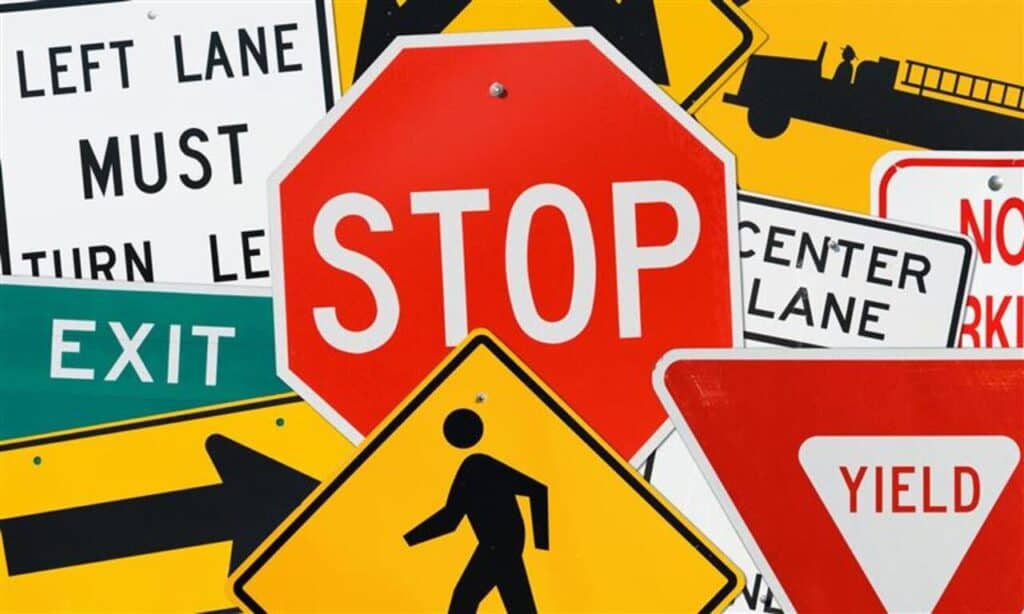
Driving abroad isn’t just about new scenery it’s about adapting to different rules, signs, and customs. What feels normal or courteous on your local roads might be illegal or puzzling somewhere else. From which side you drive on to how drivers use headlights or honk, familiar habits can suddenly backfire. Many travelers find that road etiquette and laws shift from country to country, so understanding the local driving culture can make all the difference between confidence and confusion.
1. Always Drive on the Right Side
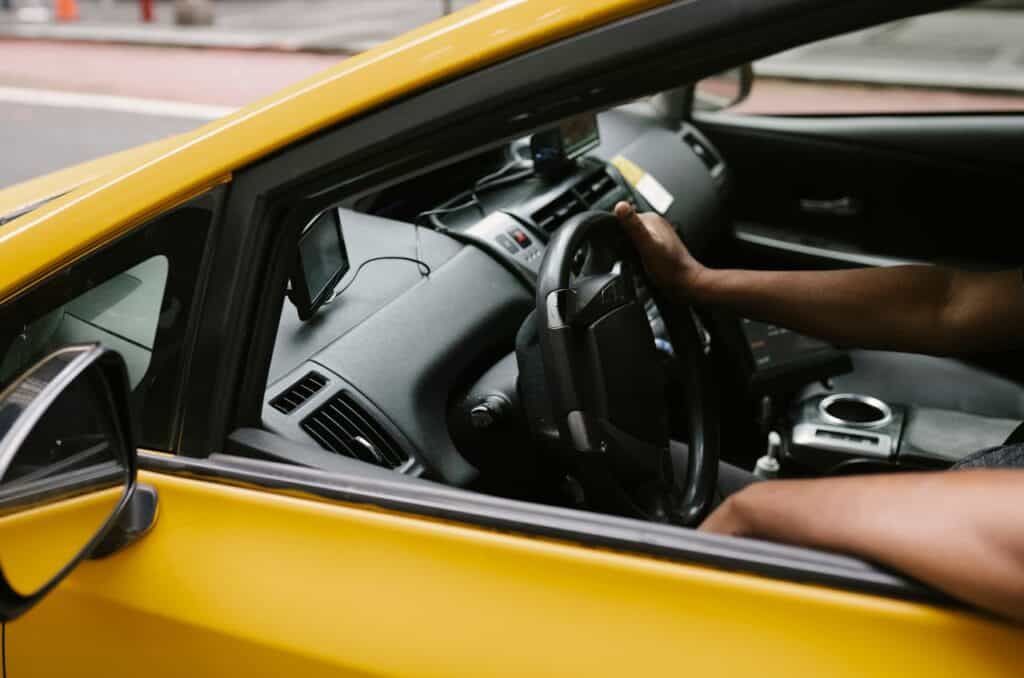
You probably learned early on that the right side of the road is the “correct” one. That’s only true in parts of the world. Around 70 countries, including the UK, Australia, Japan, and India, drive on the left. Switching sides can throw off your instincts, especially at intersections and roundabouts. Rental cars are adjusted accordingly, with the driver’s seat on the opposite side, so give yourself time to adjust. The best move is to practice short distances before merging into busy traffic or highways.
2. Flashing Headlights Means Different Things
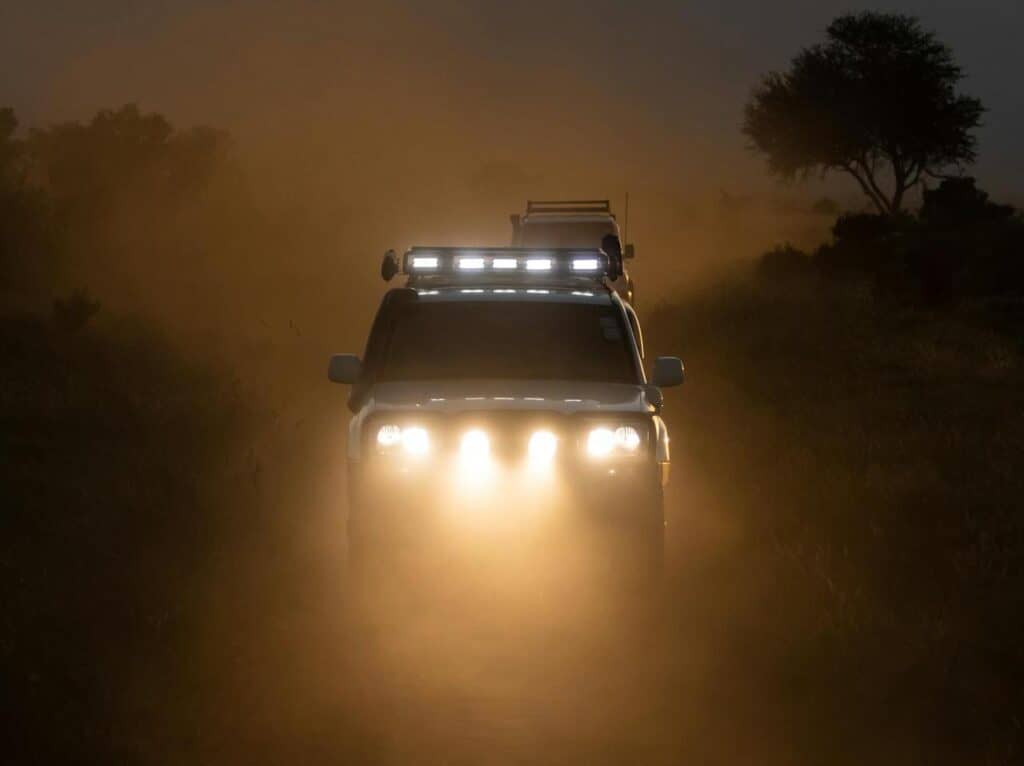
At home, flashing headlights might mean “go ahead” or “I’m letting you merge.” In many countries, it means the opposite “I’m coming through, don’t move.” In France and Italy, drivers flash headlights to assert priority, not courtesy. Misreading that cue can cause close calls. If you’re unsure, take a second to observe how locals react before responding. Remember, road signals can carry cultural nuance just like hand gestures or tone of voice.
3. Right on Red Isn’t a Global Thing
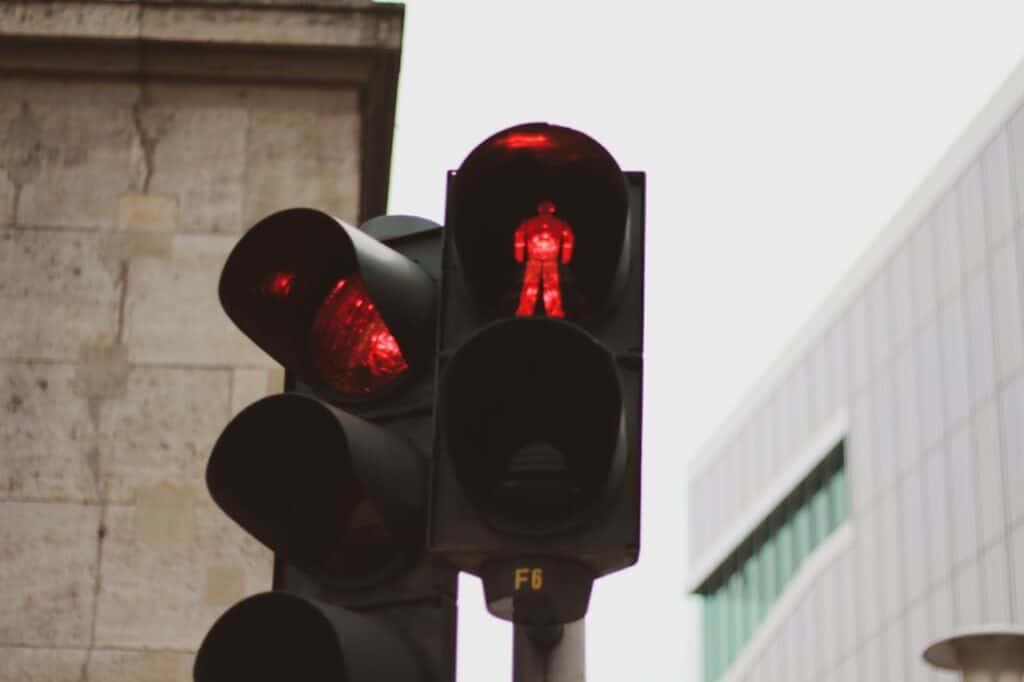
In much of the U.S., turning right at a red light after stopping is second nature. But in many other places, that move is illegal. Most European, Asian, and South American countries prohibit it altogether unless a sign explicitly allows it. Cameras often enforce it, too. If you travel somewhere new, pay attention to local signage before assuming the light rules match what you know. It’s one of the easiest mistakes tourists make and one of the priciest if caught.
4. Speed Limits Aren’t Just Guidelines
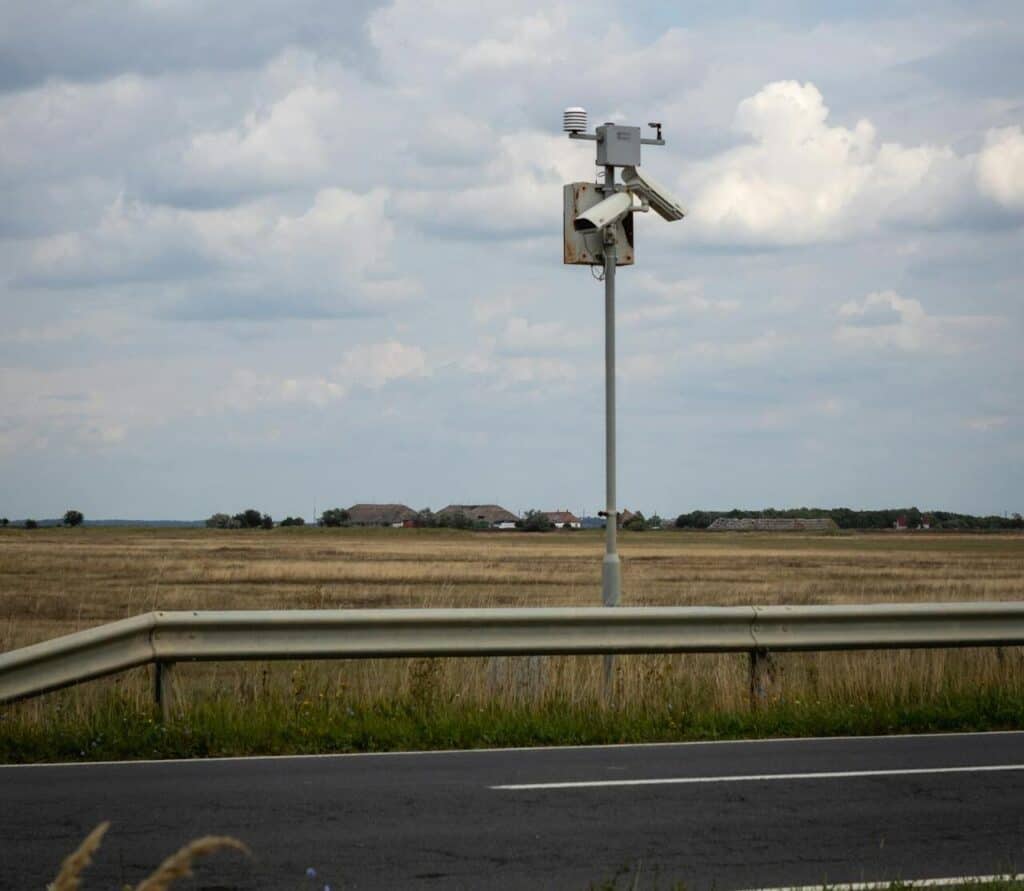
On some U.S. highways, speed limits are treated as flexible targets. Elsewhere, they’re strict and often monitored by automatic cameras rather than police officers. In countries like Switzerland and Australia, even minor speeding can lead to large fines or license suspensions. Speed limits may also drop sharply near towns or wildlife zones. Always double-check the posted signs and remember: if there are no cars around, that doesn’t mean no one’s watching.
5. Stop Signs Don’t Always Mean Full Stops
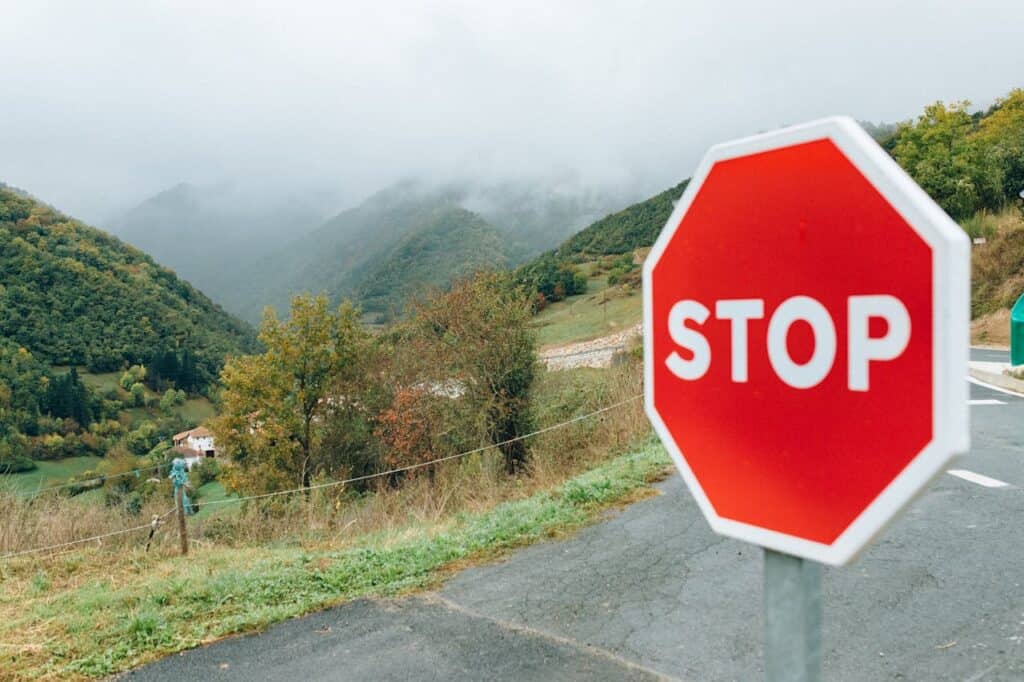
In some countries, a “stop” sign doesn’t mean you have to stop completely. You might just yield if the road is clear. Conversely, in places like Canada or the U.S., a rolling stop can earn you a ticket. The same red octagon can mean different things depending on local enforcement culture. When in doubt, err on the side of a full stop. It may annoy locals, but it’ll save you from misunderstandings and fines.
6. Seat Belts Are Not Optional Anywhere
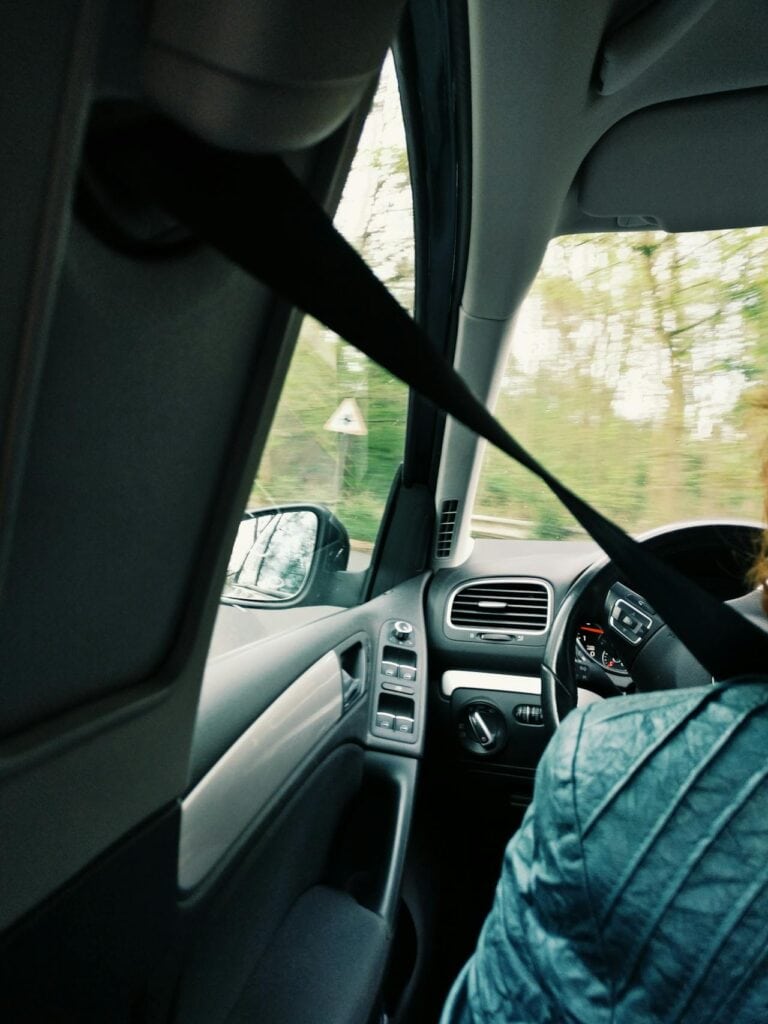
Decades ago, some drivers viewed seat belts as optional, especially in back seats. Today, that’s outdated thinking almost everywhere. Many countries now require all passengers to buckle up, and officers do enforce it. In some regions, ride-share drivers can be fined if their passengers aren’t wearing one. It’s not just about compliance; seat belts are still the single most effective safety measure in a crash, no matter how short the trip.
7. Using a Phone at Red Lights Still Counts
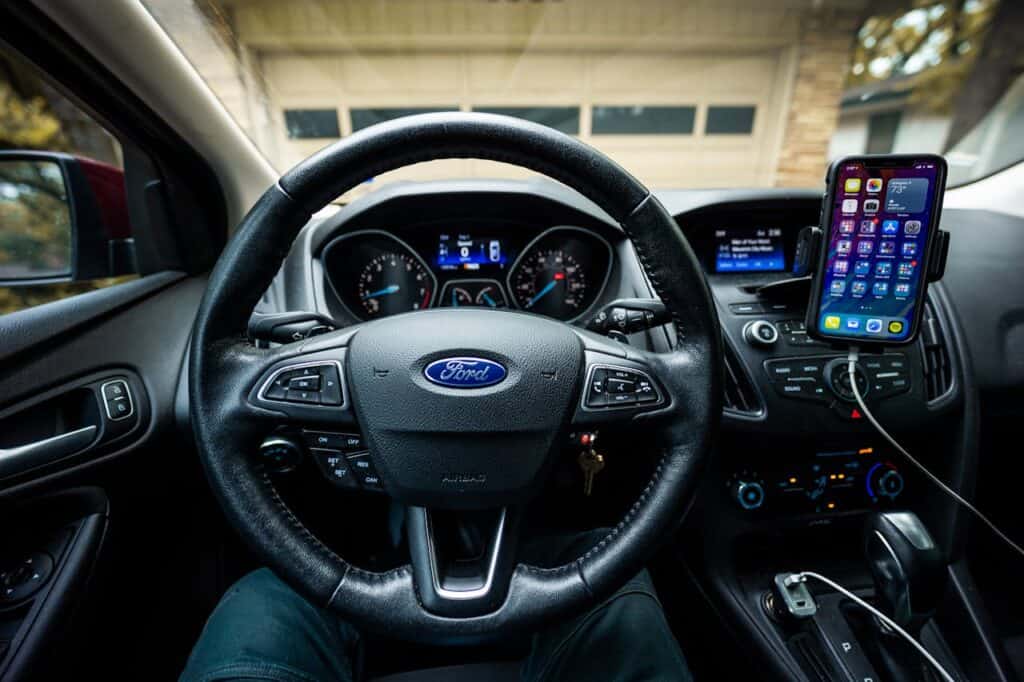
You might assume you can safely check your phone while stopped at a light. In many countries, that still counts as “using a handheld device while driving.” Laws in places like the UK and Singapore treat it as a serious offense, even if your car isn’t moving. Use a mount or hands-free system instead. Police and cameras often monitor intersections, so don’t risk it. Keeping your hands off the phone is a global rule that keeps tightening.
8. Gas Stations Don’t Always Let You Pump

In some parts of the world, self-service gas is rare or illegal. Italy and New Jersey, for instance, still rely on attendants. In full-service regions, you stay in the car while someone else pumps for you and handles payment. It may cost a little more, but it’s the norm. Trying to grab the nozzle yourself could cause confusion or confrontation. When in doubt, watch what the car in front of you does before stepping out.
9. Roundabouts Work Differently
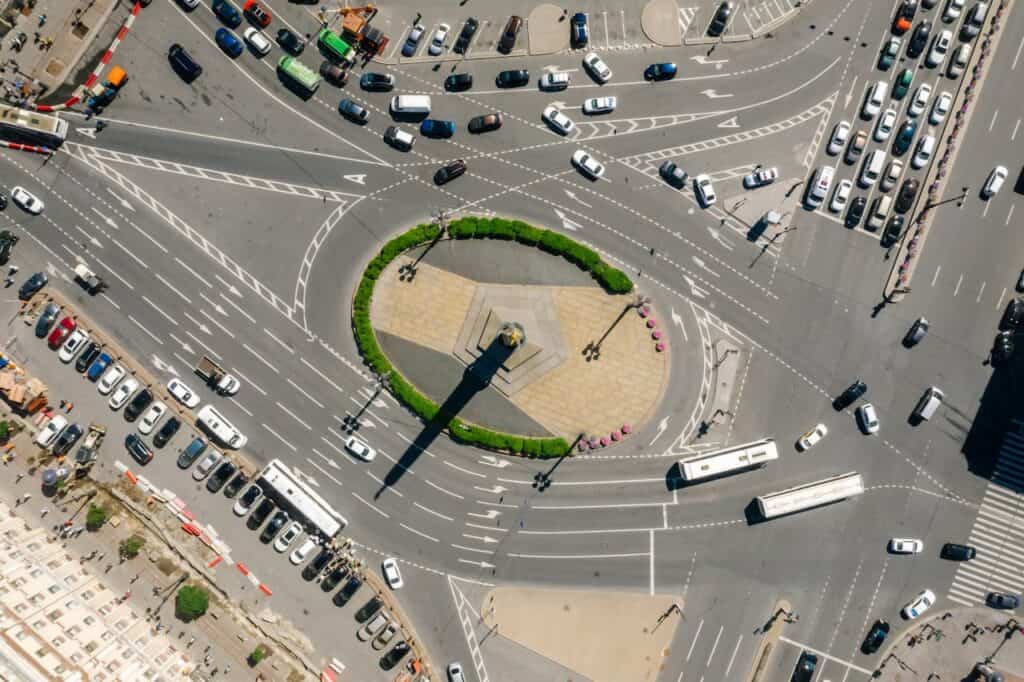
If you’ve only driven in countries with few roundabouts, you might not realize how varied they are abroad. In the UK and most of Europe, drivers already in the circle have priority. In some parts of Asia or the Middle East, entry rules can be looser, with drivers negotiating eye contact or gestures. Always yield to the majority pattern and don’t assume others will follow your rulebook. A roundabout’s flow depends more on local rhythm than signs.
10. Honking Isn’t Always Rude
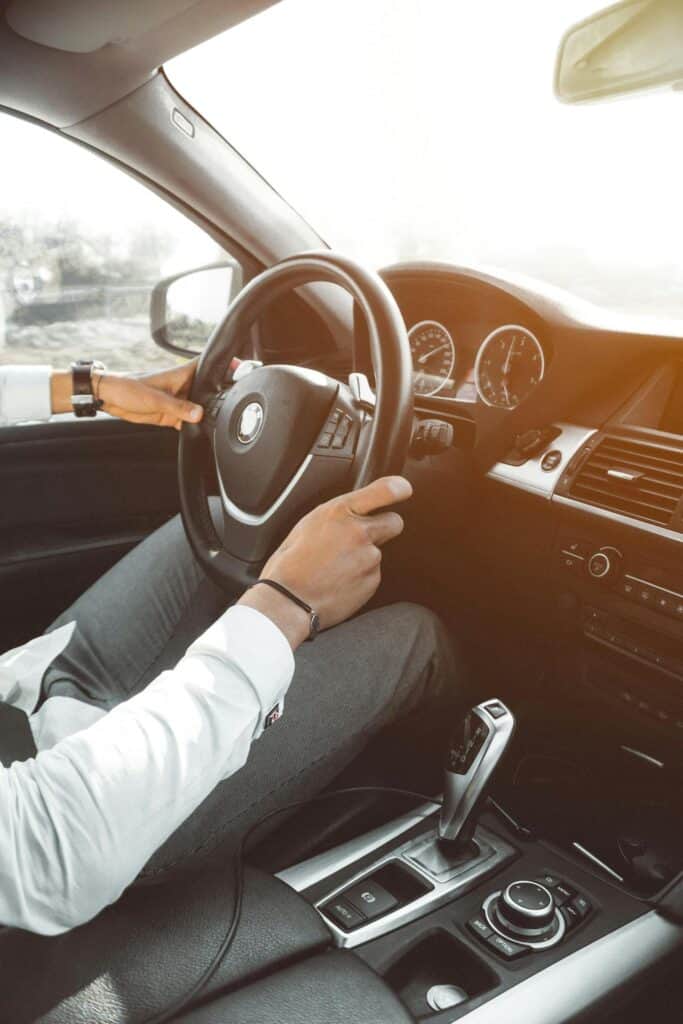
Where you live, honking might signal impatience or frustration. In many countries, it’s just communication a quick “I’m here” or “I’m passing.” In India, for instance, trucks often carry signs saying “Honk Please” to encourage safe overtaking. In contrast, honking in Japan is rare and considered impolite. Knowing these norms can keep you from offending locals or missing important cues. Listen first, then follow the local rhythm before laying on the horn.